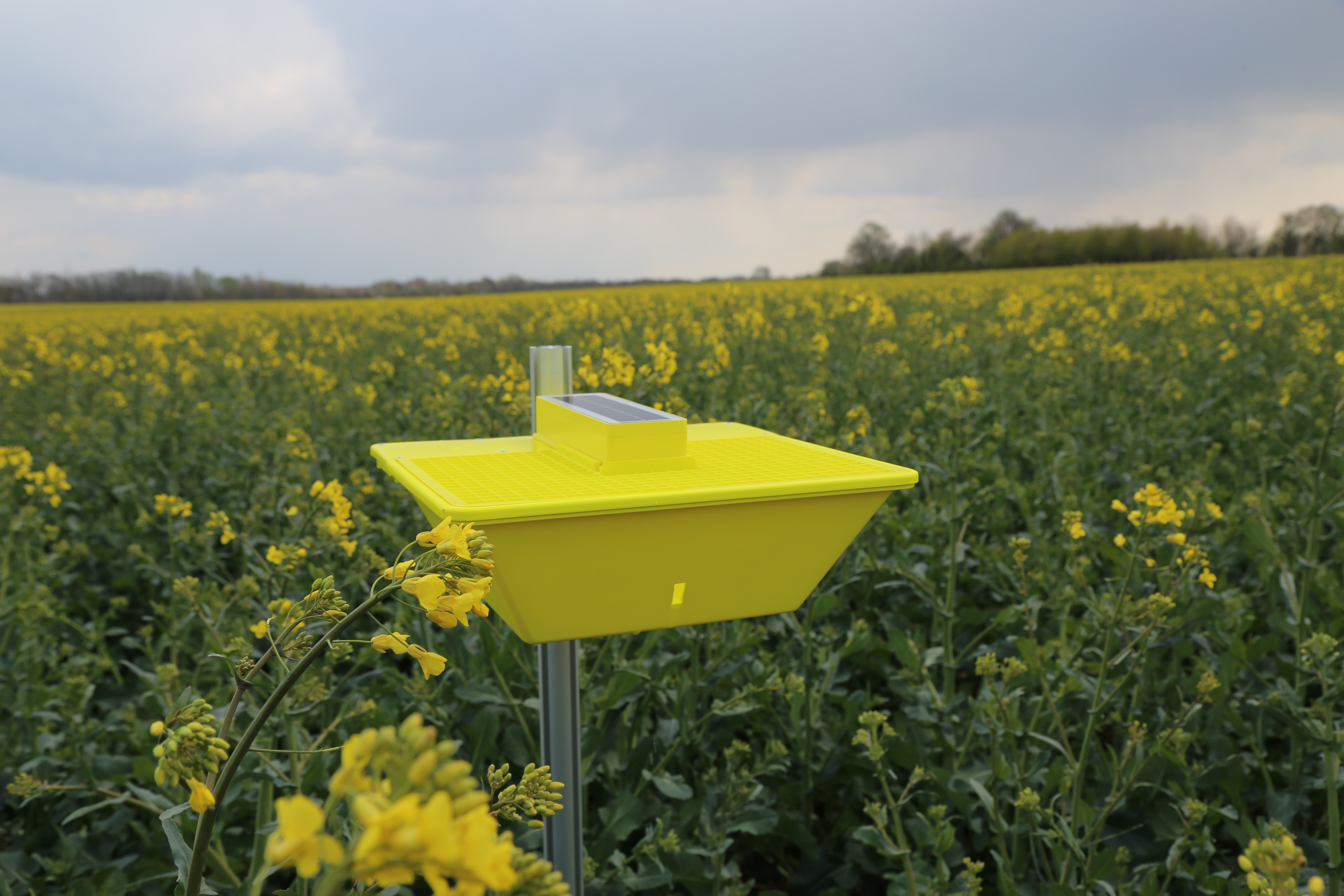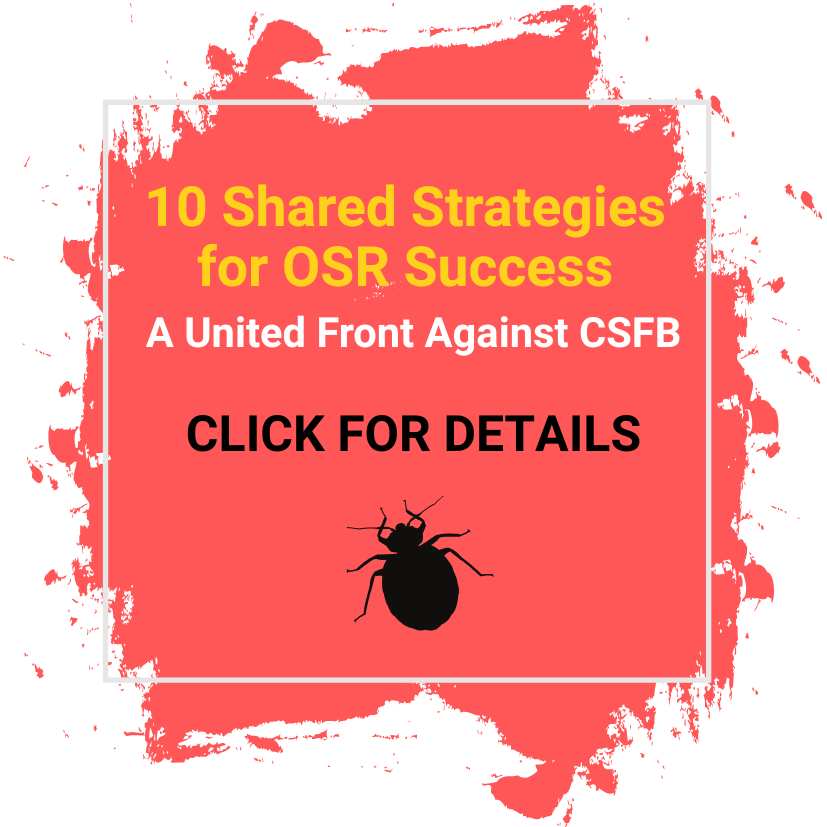Turning Challenges into Strategy: OSR Success at Dawson Farms
At Dawson Farms in North Yorkshire, oilseed rape (OSR) continues to thrive, not because it’s easy, but because it’s managed with care, adaptability, and foresight.
For Rob, who has been with the farm since 2015, OSR has always been part of the picture. “It’s a profitable break crop,” he says, “but more than that, it helps us set up first wheats early and keeps grass weeds in check by letting us rotate our chemistry.”
The farm operates on a four-crop rotation of OSR, wheat, barley, and beans, with OSR typically leading the cycle. The benefits stretch beyond the balance sheet. “We usually chop the straw back into the land which helps with soil structure,” Rob notes, “and the rotational benefits for weed control are significant.”
But none of that matters without good establishment and that’s where Dawson Farms has innovated.

Overcoming CSFB with Timely Tactics
Like many UK growers, the loss of neonicotinoid seed dressings forced a rethink. Historically drilled mid-August with a Horsch Pronto, the farm has now shifted to a more strategic, later sowing window. “2024/25 is our first season drilling from the second week of September,” Rob explains. “We’re working around flea beetle migration periods and only drilling when the conditions are right.”
The process begins with a stale seedbed, followed by a shallow cultivation and a low-disturbance subsoiler pass before drilling. Digestate or poultry manure is applied pre-drilling, providing essential nutrients, supplemented with DAP where needed. “Establishment is everything,” says Rob. “Soil structure, compaction management, seedbed nutrition – it all matters now more than ever.”
Tailored Varieties and ICM in Action
The team pays close attention to varietal selection. Aurelia and Adeline have been reliable performers, while Matrix leads among the Clearfield types on fields with persistent brassica weeds. Clubroot-resistant varieties like Crome offer protection, though with a modest yield trade-off.
Integrated Crop Management (ICM) is embedded across the operation. Monitoring traps guide sowing dates, insecticide use is minimised, and there’s a growing spirit of local cooperation. “I talk with neighbouring farms before drilling,” says Rob. “If they’ve just cut OSR, we delay spraying until everyone’s crop is up. It’s a shared effort to manage flea beetle more effectively.”
Looking Ahead: A Future for OSR in the UK
Despite the challenges, Rob is optimistic. “With careful management and planning, you can take a lot of the risk out of growing OSR. It still delivers a strong gross margin and plays a big role in sustainable, profitable UK farming.”
His message to farmers considering OSR again? “Plan ahead. Think about variety, seed rate, nutrition, weed pressure, and clubroot risk. Use all the tools and information available to minimise risk and maximise establishment.”
And for the industry? “We must keep growing OSR in this country. Once the processors go, they won’t come back. That’s not just oil, we’d lose a key source of animal feed, too. We need UK-grown OSR. It’s that simple.”

 Industry wide agreed CSFB Management Strategies
Industry wide agreed CSFB Management Strategies
To help keep OSR thriving in the UK we recommend taking a look at the AHDB and OSR Reboot group's top 10 CSFB management strategies. These strategies have been compiled in agreement with all reboot partners, including breeders, scientists, growers and agronomists.
By following these guidelines where possible we're giving OSR the best possible chance of success.
CLICK HERE TO VIEW THE STRATEGIES
